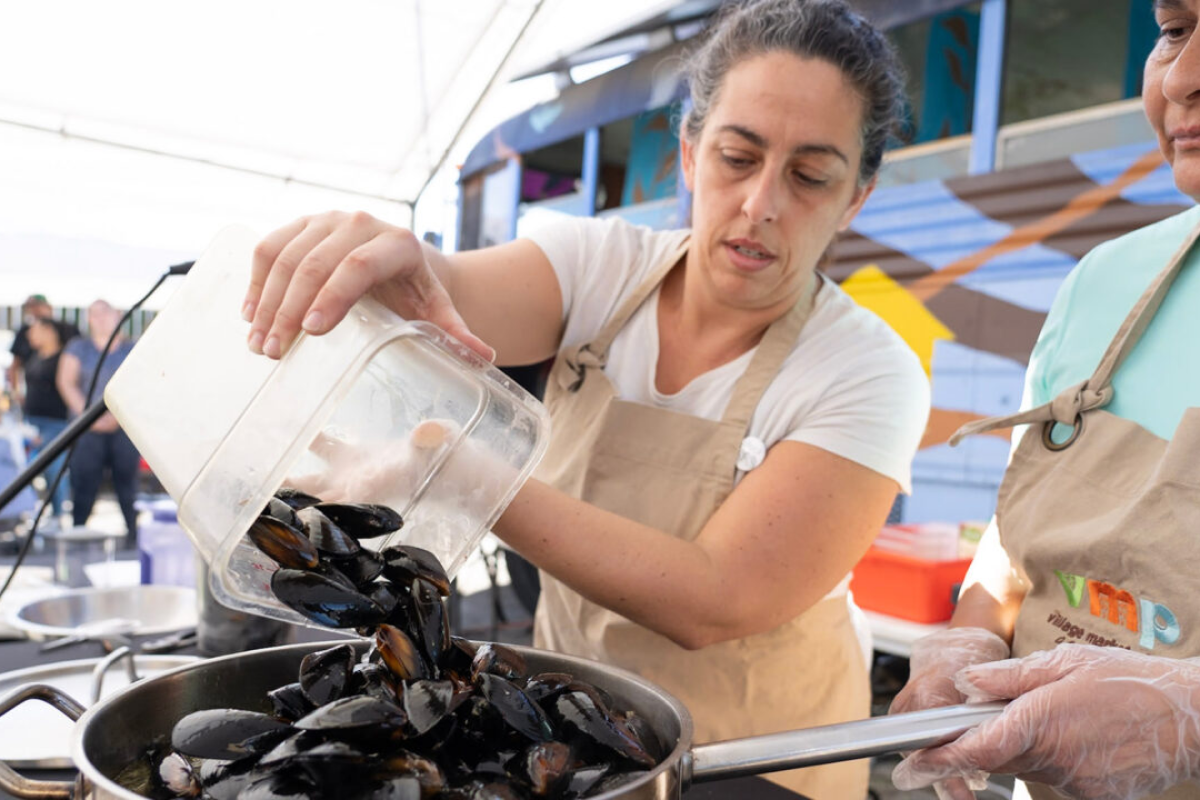Wild-caught or farmed? If you have no idea how to answer this question, don’t worry — you aren’t alone. According to the National Oceanic and Atmospheric Administration, most Americans know little to nothing about seafood farming, also known as aquaculture. Those familiar often have negative associations based on the U.S. media’s tendency mainly to cover the environmental risks of farming and the health risks of consuming farmed Atlantic salmon.
Scientists are concerned because U.S. wild fisheries are limited. We already import up to 85% of our seafood annually, more than half of which is from foreign-produced aquaculture, often without adequate environmental protections. With concerns for the environment, overfishing and a $17 billion trade deficit, scientists and the government have advanced the U.S. aquaculture industry over the last two decades with extensive funding for technology improvement and workforce development. But the U.S. is now in a bit of a pickle: What good is all this effort if Americans won’t actually eat farmed seafood?
